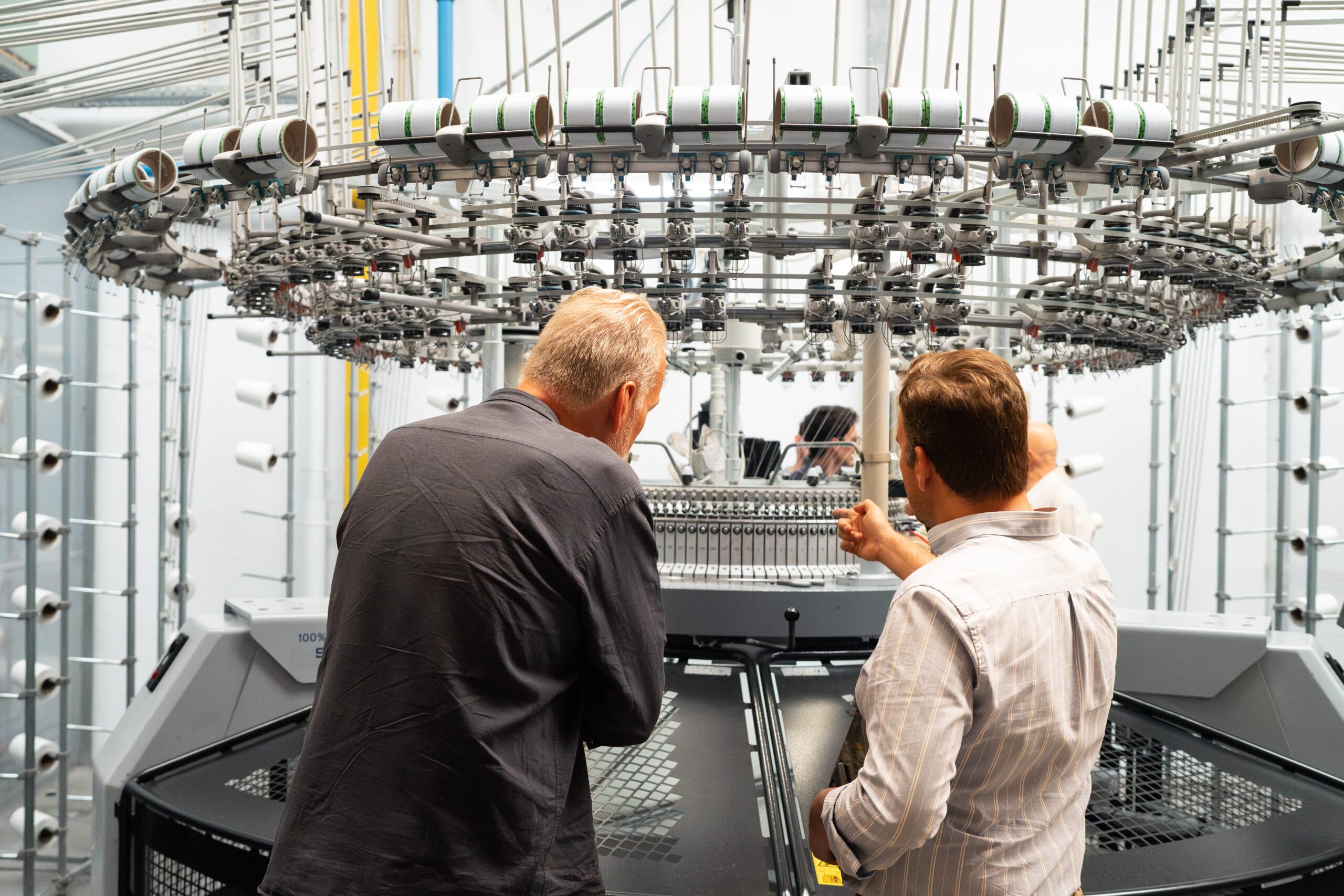In Conversation with CuRe Technology: How Can We Create a Fully Circular Polyester Chain?
Image by CuRe Technology
24 April 2023
Can you tell us about CuRe, how it started, and what the organisation does?
CuRe was initiated by our CTO, Marco Brons, who pioneered mechanical recycling in Europe during the 90s. His innovative vision extended to creating a low-energy, cost-effective method for chemically recycling polyester. Gathering a dedicated ecosystem, he transformed his vision into reality, establishing CuRe Technology.
What problem is your innovation solving and how does the technology work?
We are focused on polyester chemical recycling, which addresses numerous challenges in packaging and textiles while remaining economically viable. Our aim is to achieve a radically low carbon footprint and cost-effectiveness. We believe this approach is essential for scalable solutions, and we are committed to demonstrating its feasibility.
What makes CuRe Technology unique is that we follow what we call the 80/20 rule. Rather than breaking down polyester into a monomer, we break it down by 80 percent, as we have discovered that it consumes only 20 percent of the energy. This results in a significantly energy-efficient and cost-effective process. We produce final polyester with no monomer in between, setting us apart from others in the field. We hope also to come with a radically lower carbon footprint, 88 percent lower than virgin polyester while establishing highly affordable plants with minimal costs. Our vision entails building small-scale plants in close proximity to waste sources, creating a network of facilities that supply fibre spinners worldwide.
What have been the biggest successes so far?
Our most significant achievement so far lies in the successful validation of our base technology. Establishing a pilot plant in the northeast of the Netherlands has been instrumental in this success. Moreover, forging close partnerships with industry leaders such as Coca-Cola, adidas, and Ikea has helped drive the ecosystem forward.
What role does collaboration play in bringing innovations to scale?
Collaboration is crucial. I always say that circularity is a team sport. It’s essential to collaborate with others because no single entity possesses all the necessary competencies, especially in complex supply chains like textiles and packaging. So, for us working with Coca-Cola, and especially with adidas, has been invaluable in bridging the gap toward tangible end products.
How has Fashion for Good played a role in your journey so far?
I see Fashion for Good as a crucial player and a catalyst for bringing people together. It not only helps us navigate complex topics like legislation, which we may not have had time to fully grasp but also introduces us to other stakeholders within the Fashion for Good network whom we may not have otherwise engaged with. The environment it creates is truly inspirational and encourages us to persevere, which isn’t always easy in the realm of innovation. We deeply value this support and take pride in being a Fashion for Good innovator.
What’s next for CuRe?
We really need to reach at least our first commercial plant for the feedstock that we can currently handle, known as the CuRe One Plant. Our goal is to make this announcement within the next three to six months because otherwise, we keep on innovating with no impact. Scaling up and launching the first plant is fundamental. Once achieved, it opens the door to endless possibilities. However, our immediate priority is to kickstart that initial plant.
Lastly, what advice would you give consumers trying to be more sustainable?
I’ve just come out of a meeting with Patagonia, and their message always resonates: “Don’t buy this clothing.” To be honest, the core problem is our overconsumption. Therefore, when you do choose to consume, buy wisely, and understand what you’re buying and its implications. After you’ve used it, consider bringing it back into the cycle for reuse or recycling. At every step of your consumer journey, think before you act.
Other Articles

In conversation with Smartex: Explore Smartex’s AI-driven solutions transforming quality control and reducing waste

Fashion for Good and Textile Exchange Team Up to Trace Textile Waste

